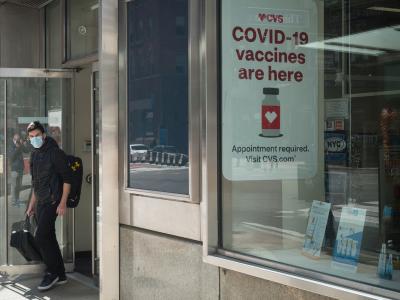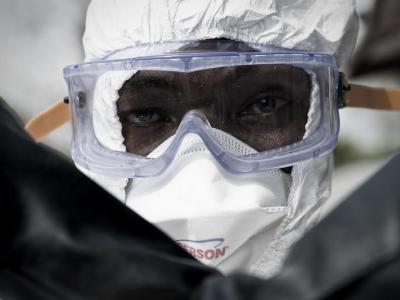MRSA acquisition low in those exposed to index patients, study finds
The rate of MRSA acquisition is low among contacts of patients colonized or infected with methicillin-resistant Staphylococcus aureus (MRSA), according to a study yesterday in the American Journal of Infection Control.
In the single-center study, researchers at the Sunnybrook Health Sciences Centre in Toronto obtained surveillance cultures from 2,133 patients who had been exposed to780 index patients from 2004 to 2014. The index patients had been colonized or infected with MRSA, and their contacts were either roommates of in an adjacent bed space to the index patient for at least 24 hours. Surveillance cultures were obtained from the contact patients 0, 3, 6, and 9 days after exposure from 2004 to 2008, and then 0, 5, and 10 days after exposure from 2008 to 2015.
At the end of the study period, the researchers found that of the 1,389 contact patients who had completed the surveillance screening, only 79 (5.7%) had acquired MRSA. But the rate of acquisition was higher (8.8%) in the group that completed the screening in the hospital than in those who were diagnosed as having MRSA post-discharge (2.5%). This indicates, the authors said, that the positivity rate for MRSA contacts decreases over time from exposure.
The authors said the results suggest it may be appropriate to reassess the need to flag MRSA contacts at hospital discharge.
Oct 17 Am J Infect Control study
Children of hog workers have more drug-resistant S aureus
A study today conducted by the Johns Hopkins Bloomberg School of Public Health suggests children in the households of workers at large industrial hog farms may be more vulnerable to drug-resistant forms of S aureus.
Large hog farms commonly administer small doses of antibiotics for growth promotion and disease prevention, which can promote antibiotic resistance. In addition, evidence has begun to emerge in Europe of swine workers and their families being infected with livestock-associated antibiotic-resistant S aureus. With that in mind, the researchers wanted to investigate the nasal carriage of resistant S aureus in children in the homes of US hog workers.
For the study, published in Environmental Health Perspectives, researchers collected and compared data on 400 adult-child pairs in the top-ten hog-producing counties in North Carolina, the second-largest hog-producing state in the nation. One set of 198 pairs included a parent who was employed full time at an industrial hog operation (IHO) and a child under the age of 7 years in the same household. The 202 community referent (CR) pairs included a parent from the community who did not work on a hog farm and a child under the age of seven.
The participants filled out a questionnaire and provided investigators with a nasal swab, which was analyzed for the presence of S aureus, MRSA, and multidrug-resistant S aureus (MDRSA).
Among the adults in the study, the investigators found that S aureus nasal carriage prevalence was higher in the hog workers than in the CR parents (53% vs 31%), MRSA prevalence was low in both groups (2% vs 4%), and MDRSA prevalence was similar (12% vs 8%). But among the children, the differences were much starker, especially for drug-resistant S aureus. While nasal carriage of S aureus was higher among children of hog workers than those in the CR household (49% vs 31%), so was nasal carriage of MRSA (14% vs 6%) and MDRSA (23% vs 8%).
The investigators also found evidence suggesting that S aureus, MRSA, and MDRSA prevalence was higher in the children of hog workers who brought home personal protective equipment than it was in the children of hog workers who didn't bring this equipment home.
The authors of the study say the findings need to be confirmed in other populations, and that potential pathways and mechanisms of exposure should be more closely studied. And while none of the children in the study became sick, the investigators also say further studies should be done to determine whether the nasal carriage prevalence of drug-resistant S aureus in children of hog workers represents a risk for infection.
"Before this study, we didn't know how common it was for children living with industrial hog operation workers in North Carolina to carry antibiotic-resistant S. aureus in their noses," study leader Christopher Heaney, PhD, MS, said in a Johns Hopkins press release. "Now that we know how prevalent MRSA and MDRSA are, important next steps are to learn how children are becoming exposed and whether there are implications for their health."
Oct 18 Environ Health Perspect study
Oct 18 Johns Hopkins press release














